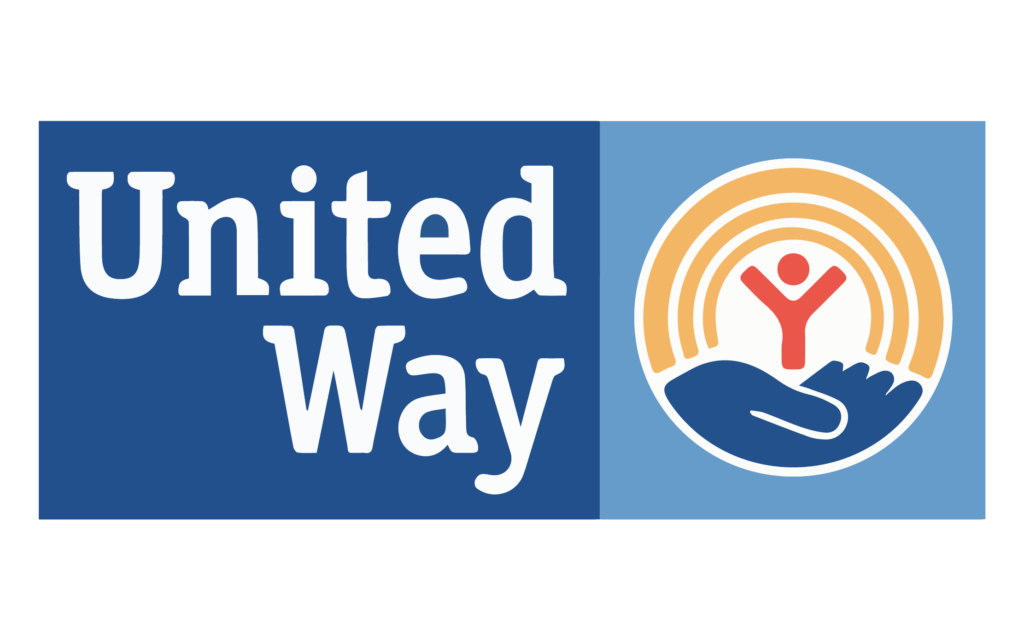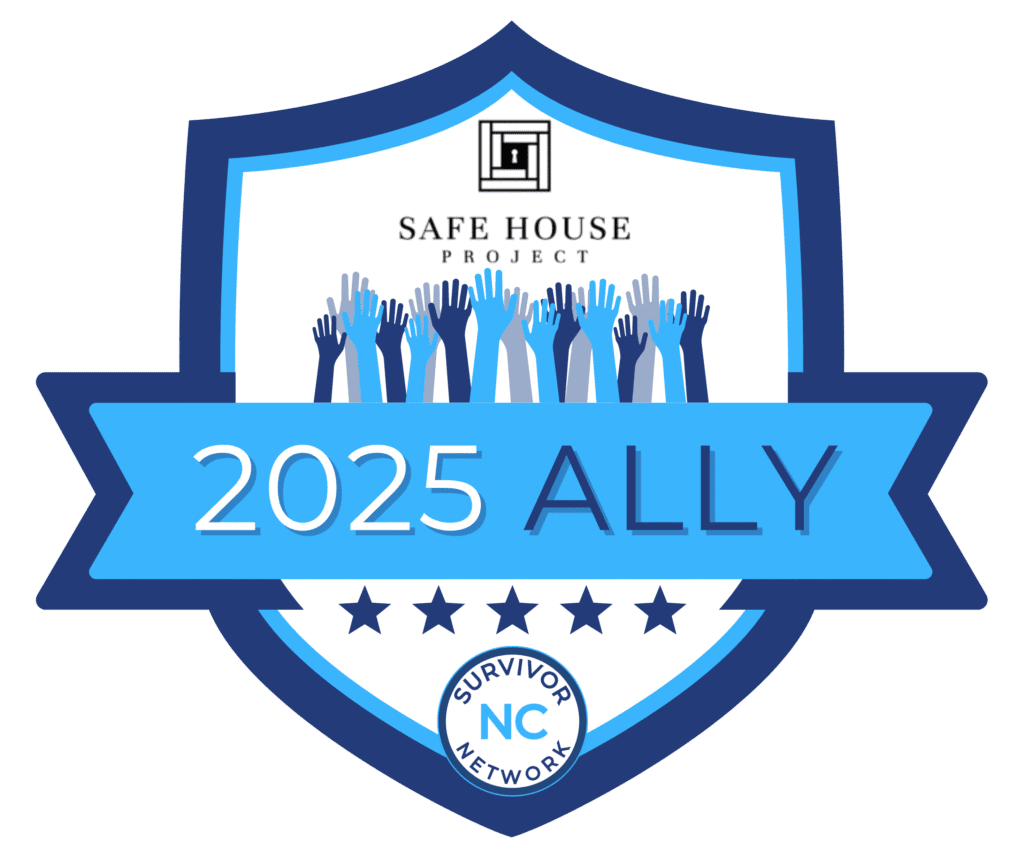A common misconception is that human trafficking in the United States usually involves kidnapping, where women and children are abducted and held against their will. While these situations can occur, they represent a very small percentage of cases in the U.S. Instead, most trafficking victims are exploited by someone they know and trust in their own community.
When people first learn about human trafficking, one of the most common reactions is disbelief that someone would continue to stay in such an abusive and dangerous situation. The question that often follows is, “Why don’t they just leave?” This question, though understandable, reflects a lack of understanding about how human trafficking operates, the levels and severity of abuse experienced by survivors, and the complex barriers they face to finding freedom. In reality, leaving a trafficking situation is not a matter of willpower, but a long process of overcoming compounding layers of psychological, emotional, physical, legal, and systemic barriers that are often invisible to the rest of the world.
-
Complicated Relationships Between Traffickers & Victims
A significant majority of human trafficking situations involve a complex and pre-existing relationship between the trafficker and their victim. Many are exploited by someone they know and, in many cases, someone they love and trust. Their trafficker may be a parent or grandparent, a trusted adult, a romantic partner, a close friend, or an authority figure like a coach, employer, or community leader. Traffickers will often take advantage of a vulnerable person’s trust in them to start the grooming process, breaking down their boundaries and creating dependence. For many victims, the deep affection and loyalty they feel to their trafficker maintains a strong emotional bond, despite the abuse and mistreatment they experience.
The complexity of the trafficker/victim relationship is often a serious barrier to the survivor’s ability to leave. They may believe that they are betraying or abandoning their trafficker, especially in situations involving family members or romantic partners. Many fear that reporting the exploitation would harm their trafficker, send them to prison, or cost them a job or other relationships. While victims may recognize that they do not deserve to be treated this way, the emotional bond with their trafficker may seem too important to risk. Leaving can cost a trafficking victim an important relationship with family members, friends, or their community. The decision to break these bonds takes incredible courage.
-
Psychological Trauma & Trauma Bonds
Every survivor of human trafficking experiences complex trauma, often resulting in debilitating psychological issues that deeply affect their daily lives. 98% of survivors report at least one mental health problem while being trafficked, with an average number of more than 10 concerns. Survivors experience extremely high rates of clinical depression, anxiety disorders, complex PTSD, and other severe psychological conditions. On top of the day-to-day impact of trauma, these serious conditions can significantly impair a trafficking victim’s ability to think clearly, make decisions, or trust their own judgment. Trauma often distorts their perception of safety, healthy relationships, self-worth, and even reality, making it difficult to recognize abuse or believe that a different life is possible. Many survivors feel paralyzed by fear, guilt, shame, or dependence on their trafficker, all of which are intensified by mental health conditions. Without access to comprehensive and trauma-informed support, the mental and emotional weight of their experiences can make leaving feel not just unsafe, but impossible.
Psychological challenges are often compounded by trauma bonds, which are powerful emotional attachments that form when a victim experiences repeated cycles of affection and abuse from their trafficker. The trafficker may provide affection, attention, or gifts in one moment and become abusive in the next. These intermittent reward/punishment cycles create a distorted sense of loyalty or love, making the victim believe that they are at fault, that they are inherently worthless, and that no one else would care for them. This emotional entanglement becomes a significant barrier for trafficking victims to leave their abusers.
-
Lack of Access to Basic Necessities
Most trafficking victims do not have access to independent sources of housing, food, or income apart from their trafficker. Survivors may believe that leaving is impossible because they have nowhere to go, no money to buy food or necessities, or even no phone to call for help. These are not theoretical concerns, as many survivors live with the constant threat of homelessness, starvation, or danger on the streets if they act out or try to leave. This is especially true for minor survivors, undocumented individuals, and those without any support systems, safe family members, or access to community services. Survivors frequently report staying in trafficking situations longer because it was the only way to meet their immediate needs.
-
Fear of Retaliation & Violence
Traffickers often use threats of physical harm, violence, or assault to maintain control over their victims. These threats can extend beyond their victims to their family, children, or friends, and traffickers frequently prove their willingness to punish their victims through violence. 92% of trafficking survivors report experiencing physical violence during exploitation, including sexual assaults, beatings, and strangulation. The fear of retaliation keeps many trafficking victims in exploitation, as they are forced to choose between staying in a highly dangerous and abusive situation or risking real harm to themselves or someone they love.
-
Forced Substance Use & Addiction
Substance use is frequently used by traffickers as a method of control, with some victims forced or coerced into drug or alcohol use and others misusing substances to cope with the trauma. For many trafficking victims, the prospect of leaving becomes even more difficult due to fear of withdrawal, lack of treatment options, or shame. Unfortunately, a significant number of emergency support services, like local shelters, exclude individuals struggling with addiction or with recent substance use. Many survivors believe they will not be believed or helped, especially if they have faced judgment or rejection when attempting to report abuse in the past, making these psychological barriers just as powerful as physical ones.
-
Criminalization & Fear of Law Enforcement
Many survivors are afraid to reach out for help because they fear arrest, deportation, or further abuse by authorities. This fear is often rooted in experience, as trafficking survivors are frequently criminalized for acts they were forced to commit, such as drug use or prostitution. These criminal records create lasting barriers to housing, employment, and legal protection. For undocumented survivors, the fear of deportation is compounded by threats from their traffickers. Even those with legal status may have experienced negative or traumatic encounters with law enforcement, and without trauma-informed responses, attempts to seek help can result in retraumatization or incarceration instead of support.
-
Isolation & Emotional Manipulation
Traffickers often isolate victims by cutting them off from friends, family, and any external support systems. This may be done physically by moving them to different locations or emotionally by instilling fear, shame, and distrust. Victims are frequently told that no one will believe them, that they are to blame for their situation, or that they will be arrested if they speak up. This manipulation is especially effective for individuals who are already marginalized, such as LGBTQ+ people, those living with disabilities, or people of color, who may have already experienced rejection or discrimination. The result is a deep sense of powerlessness and disconnection that makes reaching out for help feel impossible.
-
Systemic Gaps in Survivor Services
The lack of trauma-informed, survivor-centered services in the United States is a major barrier to freedom. Fewer than 1% of trafficking victims are ever identified, and of those who are, at least 80% are revictimized due to lack of emergency support or access to long-term care. Survivors who attempt to lelave trafficking situations often find themselves without a place to go or may wait weeks or months for a spot in a safe house program. During that time, they remain vulnerable to coercion, exploitation, violence, and homelessness. The limited availability of immediate and comprehensive services often leads survivors back to their traffickers or into another trafficking situation simply to survive.
Understanding how human trafficking affects survivors is essential to understanding why it is so difficult to leave. Instead of asking why survivors don’t leave exploitation, a more accurate question is, “What is preventing them from leaving, and what can we do to help?” The answer lies in recognizing that trafficking is not simply a series of bad choices or isolated events but a system of control that exploits a person’s vulnerabilities and strips away their independence. Survivors need pathways to safety that address both immediate needs and long-term healing, including safe housing, trauma-informed care, legal advocacy, and supportive communities. Effectively addressing the crisis of human trafficking requires us to intentionally dismantle the systems that leave people vulnerable to exploitation and prevent them from finding hope, freedom, and a future.








